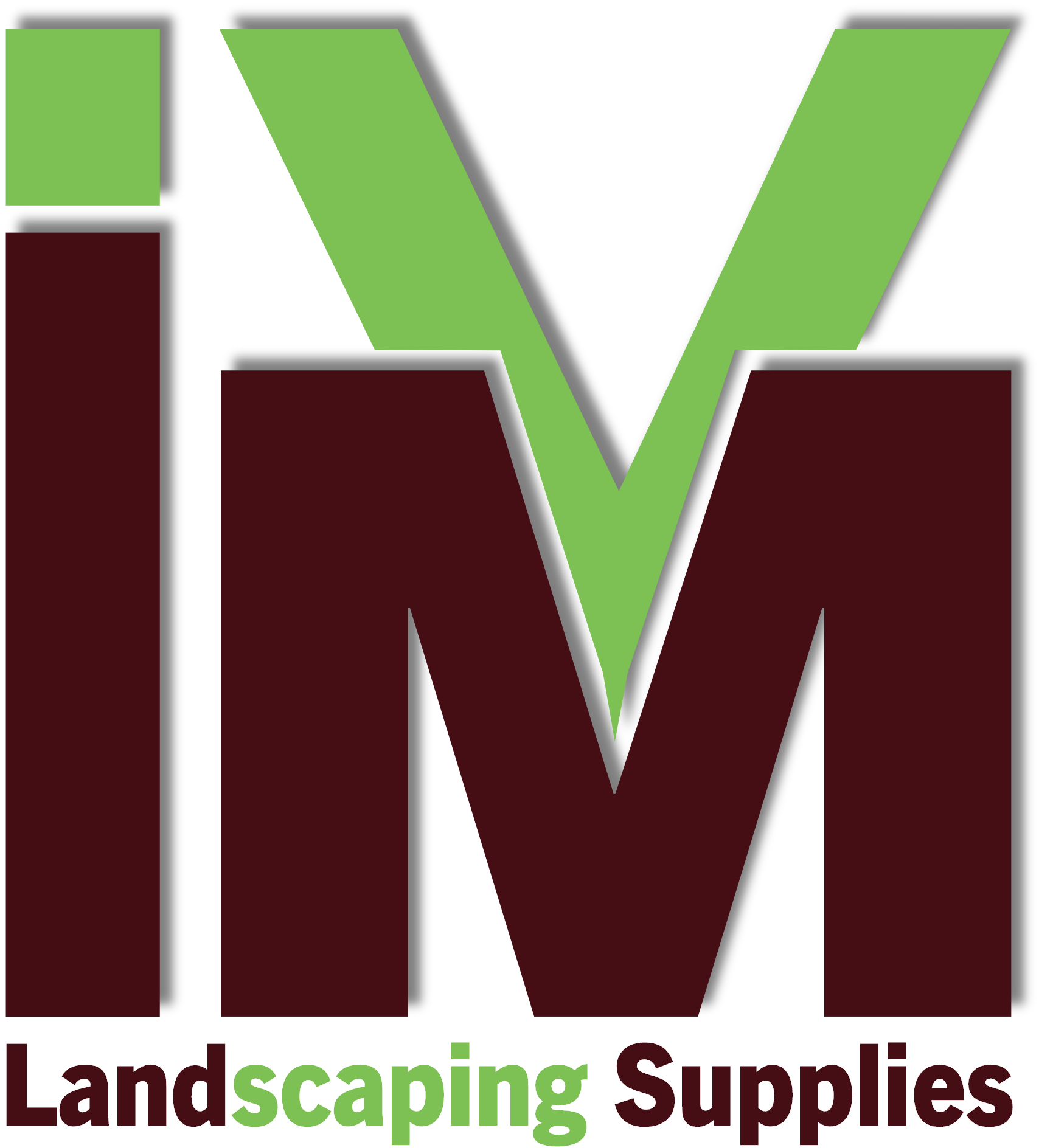Vegetation Management In and Around Sub Stations
Unwanted weeds, trees and shrubs around substations not only impact the aesthetics of a town or suburb. If vegetation is left untended it can interfere or cause damage to equipment and pose a danger to employees and the public. An integrated vegetation management strategy in and around substations is also necessary to prevent a fire hazard.
Though substations range in size and complexity, they all require proper vegetation management for correct use and safety. The inside of these substations should be free of any weeds or shrubs and the yard should ideally be covered with gravel which conceals and protects a grid of wires that functions as the grounding for high voltage equipment. Should there be vegetation in the gravel it could interfere with the ground grid, seriously compromising the safety functions of the grid and posing an electrical hazard to workers.
The area outside of the substation should also be kept clear of all vegetation. Nearby trees can act as a fuel source for fire should an electrical spark or fire occur. Overhanging branches or large old trees can fall on to equipment and damage the site. It’s advisable to remove these trees before they become too big and pose a serious risk to the substation and its employees.
Vegetation management is, therefore, necessary to reduce hazardous fuels, to ensure a safe and reliable supply of electricity and to maintain the utility rights-of-way and infrastructure in safe and reliable operating conditions that comply to industry standards, regulations, and recommendations.
Unmanaged vegetation may also provide a habitat for unwanted animals that can cause further damage to the substation and the safety of employees. Birds and snakes regularly use tall grasses and thick shrubs as places to hide or build nests.
The best vegetation management always consists of an integrated approach that requires the combination of manual, mechanical and chemical methods. Manual and mechanical can be expensive and labour intensive and if not combined with chemical treatment, it might also be ineffective in the long term. Herbicide treatments offer an effective and economical solution to vegetation management in and around substations.
Early detection and identification of unwanted vegetation are key to effective and long term treatment. Proactive treatment within substations could additionally prevent weeds from spreading into public land and affect the local ecosystem.
IVM Chemicals can assist municipalities with targeted solutions and vegetation management programs that are safe to use in and around substations. Herbicides to be used include systemic, non-selective products in liquid or granular form, depending on the mode of action and preferred application method. Results to be obtained can vary from contact action to a soil sterilant for periods up to 18 months.
IVM Chemicals can further supply teams to do the application or we can supply the necessary training to municipal workers, to do the spraying effectively.
For more information about IVM Chemicals, our treatment programmes, herbicides, pesticides or fungicides please contact us today.
